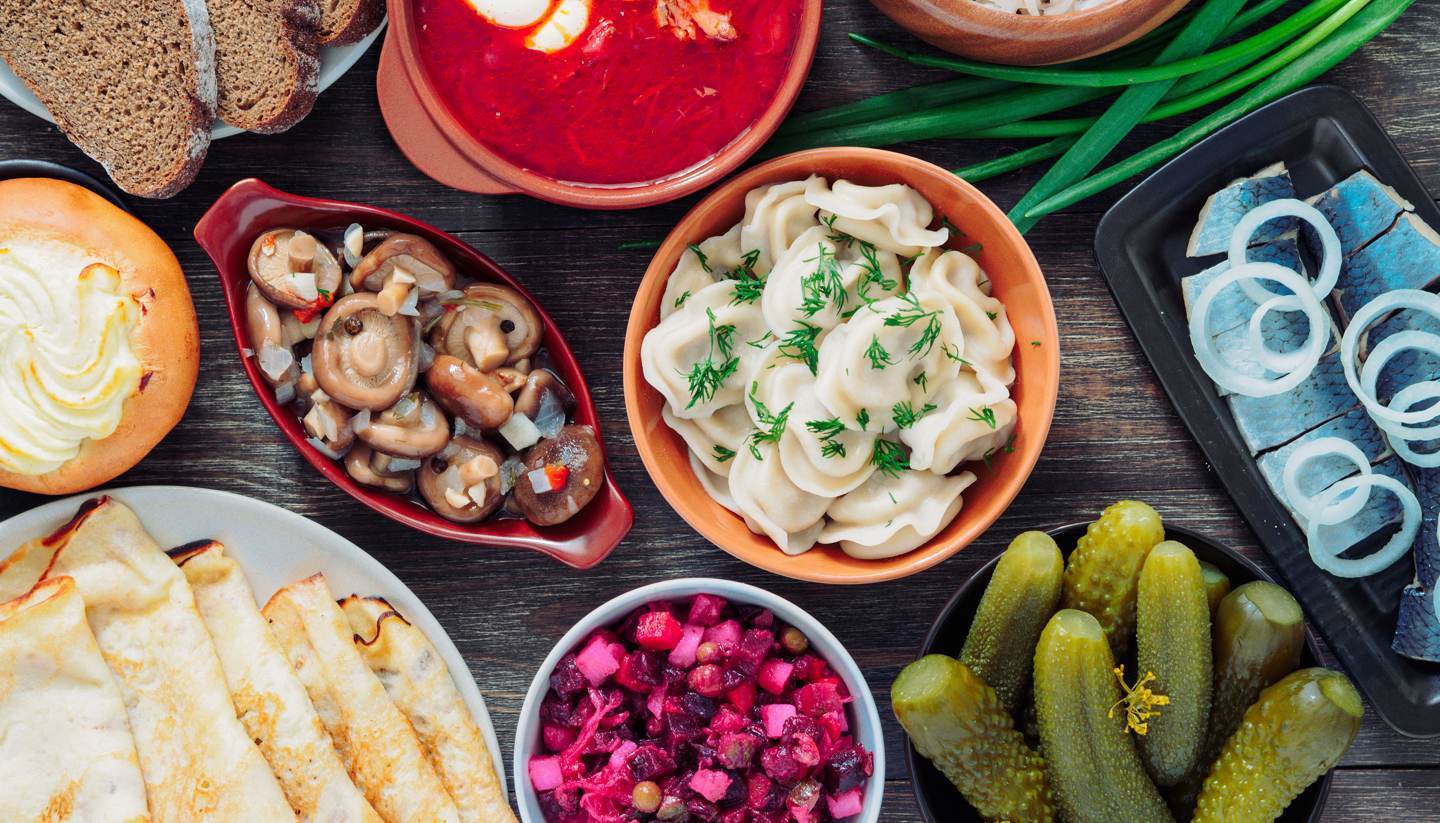Russian dishes that foreigners like
National cuisine is an inseparable part of the culture. It expresses the national character. Cuisine is the first thing that a foreigner experiences in a new country. Surely, there are some traditionalists who prefer eating international dishes, and use Google Maps to find the nearest McDonald’s or KFC as soon as their plane lands. But the majority of tourists prefer starting the acquaintance with the country from its national dishes. And what is more interesting, a visit to a museum can be forgotten shortly afterwards, but a delicious dinner will last in the memory for a pretty long time.
Russian cuisine is difficult to describe in a word, it is too broad concept as it includes traditional food of Russian peasants, exquisite French dishes, which have long taken root in the country, dishes of the twentieth century, invented in Soviet times in the tiny kitchens. In short, Russian cuisine consists mainly of quite diverse, but fatty, nutritious and even heavy dishes. And if the Chinese people like everything spicy, the Japanese – fresh, the Americans – sweet, the Russians, according to the collective opinion of foreigners, prefer everything sour and salty. Though, most of the foreigners like Russian dishes. They admit that in Russia people tend to cook at home, using fresh products instead of semi-finished products.
The most popular Russian food for foreigners:
-
Pelmeni (Dumplings)
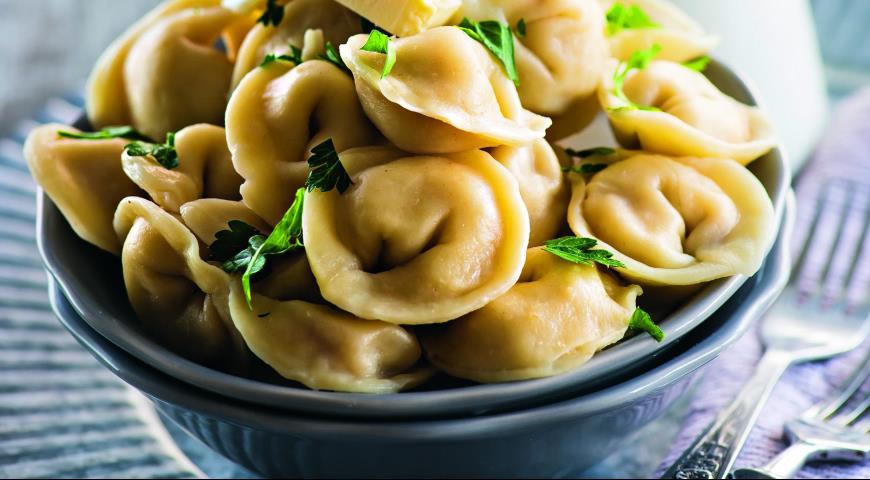
Bags of dough with meat or other fillings were invented a long time ago, and different nations have their own names for them: won ton, khinkali, ravioli, manti. To Russian cuisine pelmeni, which name is translated from the Komi-Udmurt languages as “bread ear”, came in the early XV century from the Urals and since then invariably decorate the national table. They are often served in a deep plate with a broth they were cooked in or without the broth, but with the greens and sour-cream.
-
Shashlik (Barbecue)
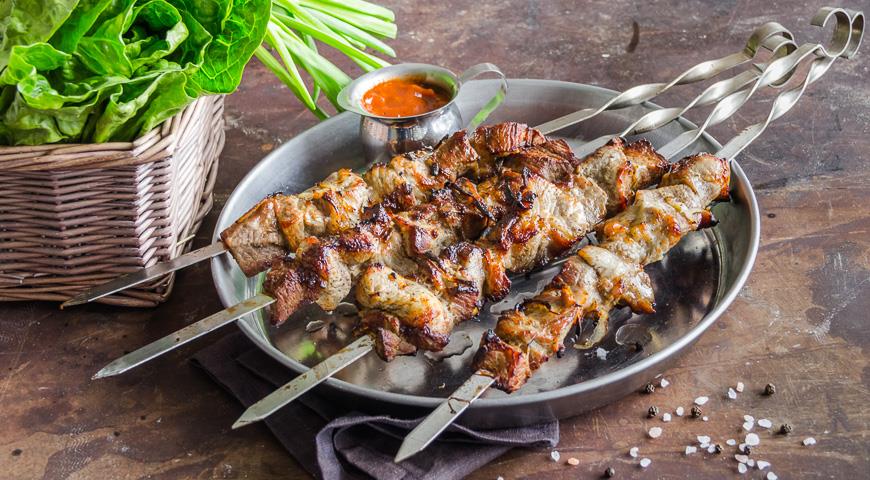
Although it is not a native Russian dish, many foreigners consider it as such. Shashlik originates from the Caucasus and became popular in Russia only in the 19th century. Most foreigners agree that in Russian cuisine the main thing is meat. They associate it with Russia because of the cold climate. There is an opinion that to survive the Russian winter, you need to take a lot of effort. Where to get it? You must eat meat. Almost everyone likes shashlik, the main secret of which is the way you marinade the meat. Every family has their own “secret” recipe of marinade.
-
Blini (pancakes)

These thin pancakes enjoy great popularity both among Russians and tourists. But for foreigners it is a dessert that should be eaten with jam, honey or syrup. Pancakes with meat, caviar, fish or some other fillings seem very strange to them, though, only till the moment they try. In Russia there is even a special festival, called Maslenitsa (Pancake Week), held at the end of winter. It originates from the Pagan traditions of welcoming spring and new life. During this week people make lots of pancakes, treat each other and visit friends or relatives.
-
Golubtsy (Cabbage Rolls)
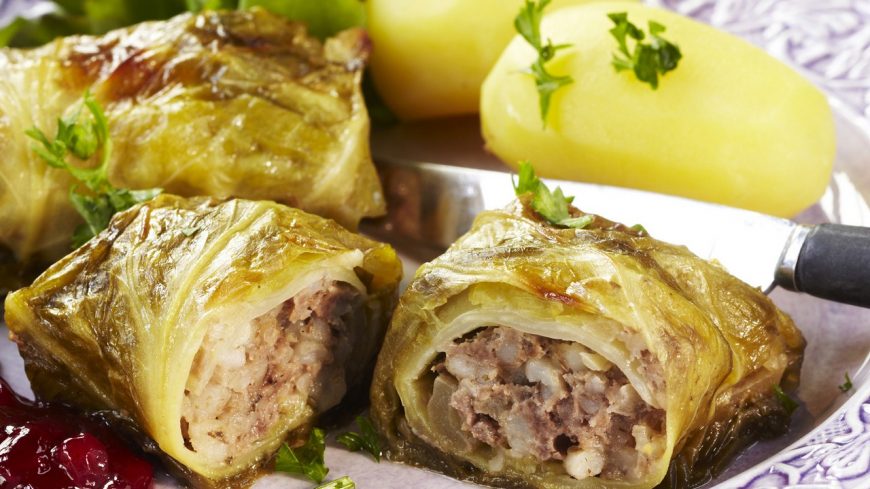
“Chopped beef mixed with rice, wrapped in cabbage leaves and steamed”, that is how they are described. Boiled cabbage is not to everyone’s taste, but the sour cream on top makes everything better. And you either love cabbage rolls or you hate them. In this case there is nothing in between. In addition, foreigners note that without sour cream or tomato sauce cabbage rolls look terrible. Is there anything beautiful in pale stuffed cabbage leaves? Foreigners may wonder how it is possible to create a dish with stuffed cabbage leaves. But as a matter of fact, similar dishes exist in Eastern Europe, Balkans, Azerbaijan and West Asia.
-
Salo (Salted pork fat)
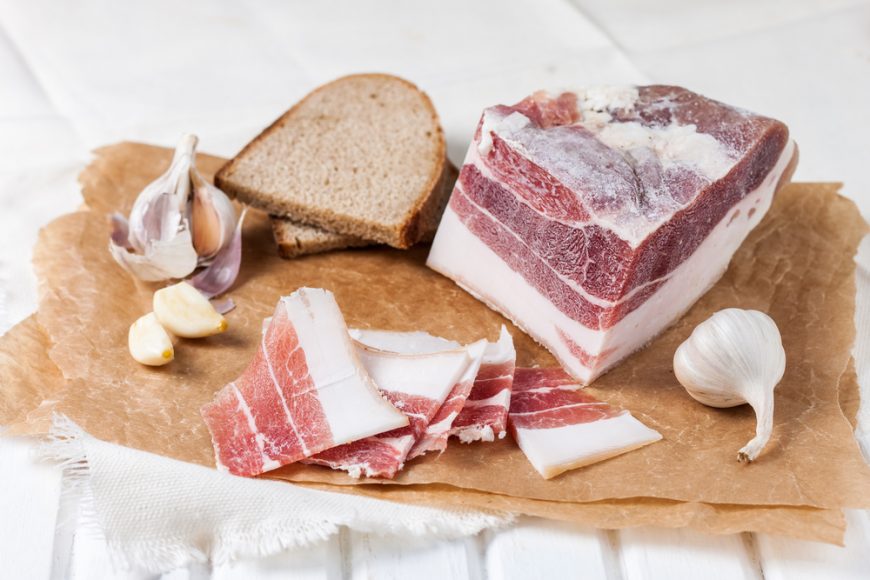
Of course, many people can argue about whether salo is originally Russian food. However, most foreigners do not make a distinction between Russian, Ukrainian and Belarusian food. So, this “Russian” salo is widely discussed abroad. As it turned out, salo calls just a storm of emotions among foreigners (countries of the former CIS don’t count). Americans, Chinese, French, Italians, and even Germans refer to salo as “ raw salted fat”, which they usually throw in the trash bin. Even bacon, that is salo in its essence but with layers of meat, they are ready to eat only cooked (fried, baked or stewed). But many foreigners tried a thin slice of salo with rye bread and a short glass of vodka. And they liked it! I wonder if they know that many of Russians like to eat salo with sweet tea.
-
Borsch (Beetroot soup)
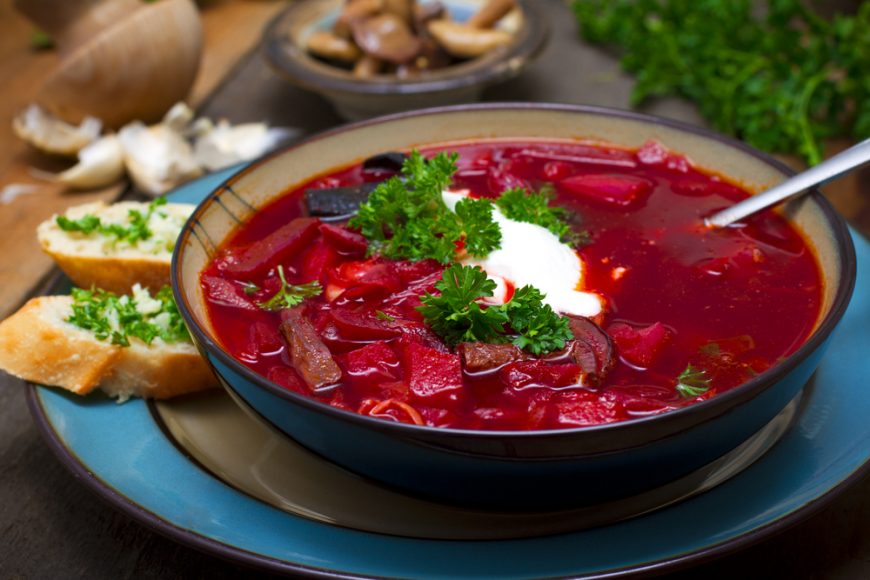
Just like in the case with salo, borsch is originally a Ukrainian dish. However, today borsch is also associated with Russian cuisine, and is a very famous dish abroad. “Beetroot soup”- it sounds very strange, but tasty. Borscht is advised to eat in any form: either hot or cold; and I absolutely agree about that. Every housewife has her own recipe of borsch. Russians even joke that if a young girl knows how to cook borsch, then she is ready for marriage.
-
Buckwheat
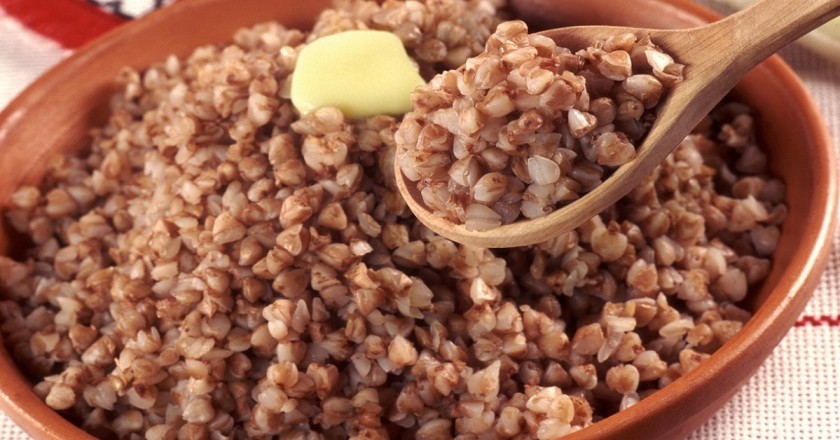
Buckwheat originates from Northern India and Nepal. Having made a long journey through Asia, in the XV century it took root in Russia. In addition to Russia and the former Soviet Union, buckwheat is eaten in Israel, China, Korea and Japan. In the rest of the world it is not popular. Not everyone likes it. The fact is that if you are not accustomed from childhood to its taste, you will only feel the bitterness and strange taste. Now in Europe there is a growing interest in buckwheat because of its beneficial qualities, nutrition, dietetics and hypoallergenic.
-
Russian aspic
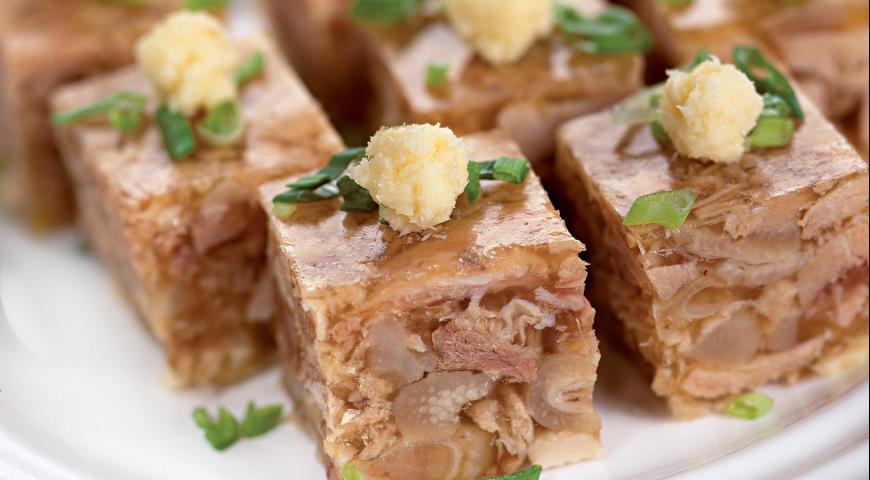
The very idea will seem strange to Europeans, Asians, and residents of the Americas. It is almost impossible to explain why the fatty broth with meat is cooled to a jelly-like condition. “Is there meat in the jelly? You must be kidding me!”, that’s a standard reaction. Tourists simply refuse to believe that for this purpose it is necessary to boil pork hooves and ears. Some seriously explain it with the mysterious Russian soul that loves ice and everything cold. But a tourist will be surprised even more, if he is offered to eat this dish with a horseradish sauce. To tell the truth, not everyone in Russian loves this meat jelly, but most of the families cannot imagine a holiday dinner on New Year without it.
-
Russian salad
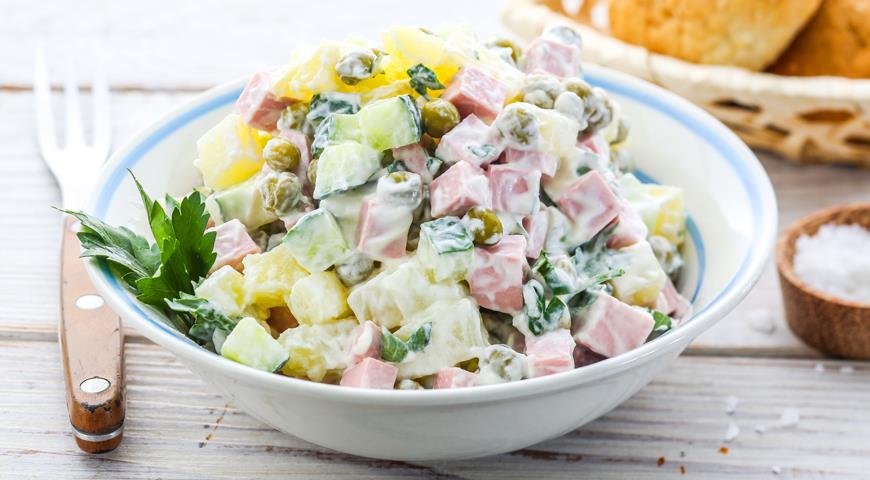
This is another obligatory dish for a New Year party or Birthday party. Russians believe that this salad has French roots. They call it “Olivier”, thinking that it was invented by one French chef, but as a matter of fact, there is no similar salad in France. For many foreigners salad is a light mixture of fresh vegetables, seasoned with olive oil. But Russian salad is a mixture of boiled potato, carrot, eggs, meat, canned peas and pickled cucumber. All ingredients are cut into tiny cubes, and mixed with a lot of mayonnaise. That is a bit heavy, but really tasty.
In short, if you plan your trip to Russia, you should try all the mentioned dishes. Surely, you may not like all of them, but a couple will be definitely to your taste. Bon Appetite!

Ernest Cooper is a renowned dating expert with over a decade of experience in the industry. He has helped thousands of men and women improve their dating skills and find lasting love. Ernest is known for his practical and down-to-earth approach to dating advice. He believes that finding love should be fun and enjoyable, not stressful and overwhelming. His methods are based on building confidence, improving communication skills, and developing a positive mindset.

